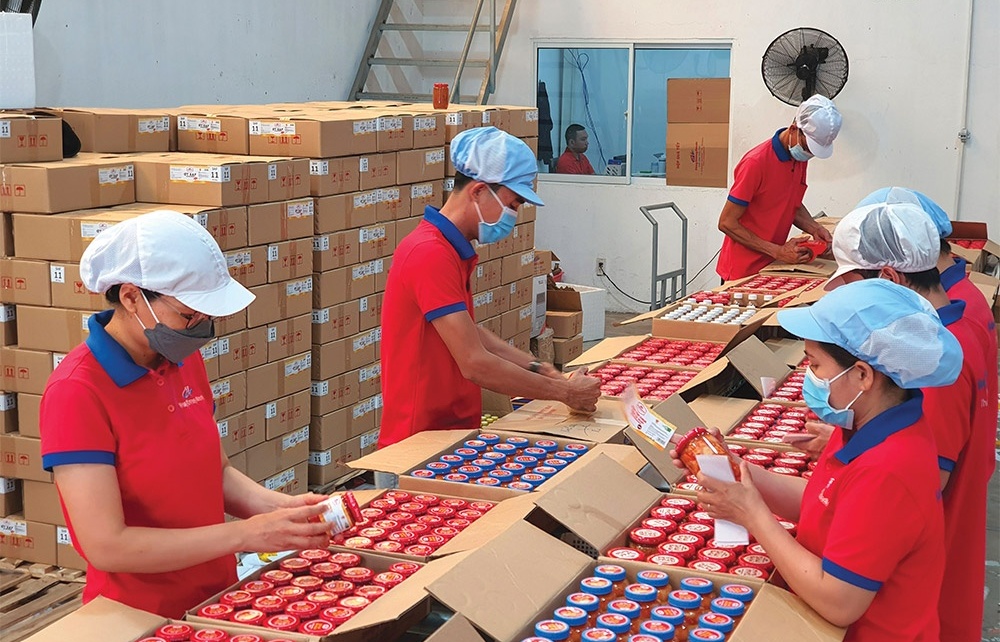Cisco powers cloud computing with dynamic scaling
 |
| illustration photo |
Andre Smit, managing director of Data Centre and Virtualisation for Cisco Asia Pacific and Japan, said: “Cloud computing represents a tremendous opportunity to simplify the overall IT infrastructure, but it has created new challenges. It means IT departments are looking for solutions that allow them to use the dynamic new capabilities of virtualisation to create more flexible and effective business resilience and disaster recovery models for the business.”
Cisco is playing a major role in the cloud computing evolution by providing the underlying network intelligence and virtualised desktop environments that deliver performance, industry leading security, and availability for the most mission-critical applications whether in a private, public or hybrid cloud environment.
The recent Cisco Visual Networking Index found that IP traffic in Asia Pacific will reach 17 exabytes per month by 2014 increasing by 35 per cent a year that is equivalent to 3.8 billion online movies per month.
This traffic, fuelled by the proliferation of mobile devices and the rapid growth of cloud computing, is putting additional pressure on the data center and requires enormous and dynamic scalability alongside robust security.
Cisco outlined its data center virtualisation architecture strategy which includes a new range of switching products to scale data center fabrics to twice the industry’s current offering at half the cost, as well as a desktop virtualisation solution which streamlines IT configurations as well as bringing unified voice and video to virtualised environments.
Cisco’s next generation Nexus 7000 switch and the extension of Cisco FabricPath to Cisco Nexus 550 deliver the industry’s leading data centre fabric scalability, supporting fabrics to over 12,000 10GB server ports.
The speed increase in the Nexus 7000 means it has the capability to stream 4.5 million movies simultaneously and download all 250 million photos uploaded to Facebook each day in just 114 seconds.
FabricPath provides systems-level scalability and addresses emerging data center and cloud computing challenges posed by sophisticated virtualisation requirements, dynamic workload mobility needs, and clustered application environments found in high-performance computing. FabricPath brings the stability and scalability of routing to Layer 2 networks, with data center-wide scalability, resilience and performance.
Cisco Intelligent Automation for Cloud is an advanced software stack for cloud computing and data center automation. It works with both virtual and physical infrastructure across the compute, network, storage and application domains for all types of cloud networks including private, public and hybrid clouds.
The solution provides a web-based portal with a self-service interface, service delivery and operational process automation, and resource and lifecycle management in full support of cloud computing.
As public and private cloud environments become more common place, a key challenge for IT managers is supporting a data center infrastructure that can host ever-increasing numbers of virtual desktops with simplicity, scalability, high security and a low total cost of ownership. Cisco’s next generation Virtualisation Experience Infrastructure (VXI) provides a series of innovations that can deliver uncompromised desktop virtualization experiences.
By spanning Cisco collaboration, data center and borderless networks architectures, Cisco’s VXI creates an unsurpassed offering that eliminates the feature gaps of existing virtualisation solutions.
What the stars mean:
★ Poor ★ ★ Promising ★★★ Good ★★★★ Very good ★★★★★ Exceptional
Related Contents
Latest News
More News
- Vietnam's F&B market undergoes transformation (March 18, 2025 | 14:38)
- GS25 expands its footprint to Hanoi (March 17, 2025 | 18:18)
- Vietnam aims for 454 billion USD export revenue amidst global headwinds (March 17, 2025 | 16:24)
- Vietnam Airlines, Vietjet Air flights to operate from Tan Son Nhat’s new terminal in May (March 17, 2025 | 16:07)
- Vietnam’s ICT industry poised for strong growth (March 14, 2025 | 14:29)
- Semiconductor industry rapidly evolving due to AI (March 13, 2025 | 18:42)
- ESG principles gain added focus for Vietnamese groups (March 13, 2025 | 14:52)
- Rubber industry to bounce back in 2025 (March 13, 2025 | 11:02)
- Government confident about Vietnam’s export potential (March 13, 2025 | 10:26)
- Wood exporters wary about surging tariff pressures (March 13, 2025 | 10:16)




 Tag:
Tag:


















 Mobile Version
Mobile Version